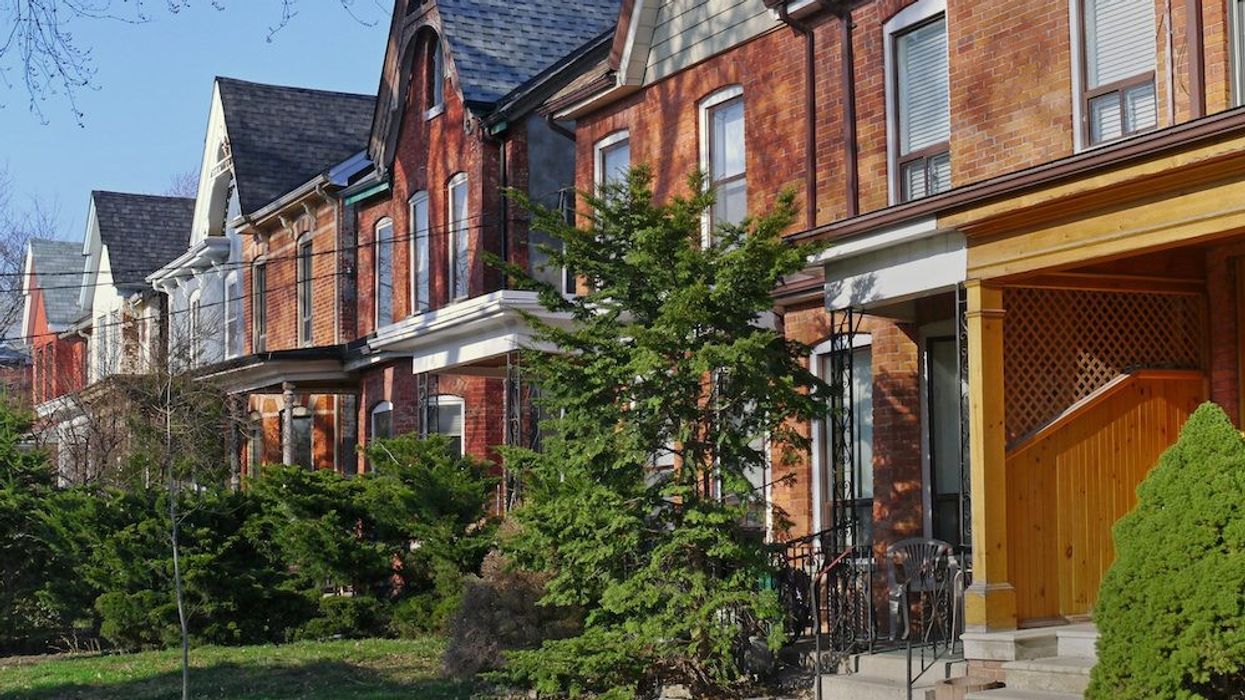Though residents of what’s now called “Old Toronto” might have wondered what the fuss was all about, in a seismic move last week council approved new planning rules that will bring the city closer to the sort of place it thinks it should be.
The decision to allow multiplexes of up to four units in every neighbourhood breaks the decades-old stranglehold exclusionary zoning has had on growth in the city’s residential areas. Of course, in pre-amalgamation Toronto apartment buildings and single-family homes, basement flats and laneway housing co-existed, often side by side, and if not always happily, usually in relative peace.
But in 1998 the forced unification of the city and its former satellites – York, North York, East York, Scarborough and Etobicoke – speeded up the suburbanization of the city, a process that was already well underway. A trio of diehard auto-adherents, Their Worships Mel Lastman, Rob Ford and John Tory, took care of that.
Sadly (for them), the twin foundations of the suburban dream – a car in every garage and a highway in every direction – have grown increasingly counter-productive in the 21st-century city. But the transition has not been easy for Toronto; though the city has struggled mightily to slow the pace of change and keep the municipal calendar set in the 1950s, time marches on and has long since caught up with Hogtown.
When it voted 18 to 7 to allow multi-unit housing across the city, it was a dramatic signal that Council had finally woken up to reality. The list of naysayers pretty much tells the story. Only one represents an Old City ward, but even that was a north-end district where Toronto is its most suburban. The rest -- Vince Crisanti, Anthony Perruza and Stephen Holyday from Etobicoke, Jon Burnside from North York and Gary Crawford and Paul Ainslie Scarborough – opted for same old, same old.
At first glance, that seems counter-intuitive. For starters, the low densities of the so-called inner suburbs means the mass transit their residents now demand are largely impractical if not impossible. When these municipalities were laid out in the post-war period, planners imagined the future of human habitation as an endless checkerboard of discrete subdivisions connected by high-speed six-lane highways, typically free of pedestrians and fully back-lotted. Designed for cars and trucks, not people, it made for a dangerous landscape of mind-numbing sterility.
Since Rob Ford, however, residents of these aging communities, especially Scarborough and North York, have been adamant in their desire, as Ford famously put it, for “subways, subways, subways….” But when it comes to adding the densities necessary to justify transit, the knee-jerk response is one of loud hostility.
Council’s decision renders these objections null and void. Though the new regulations are unlikely to launch a tsunami of construction similar to that which has remade the face of downtown Toronto, multiplexes with two, three and four units will start to pop up in numbers hitherto unseen in the inner suburbs, now under unprecedented pressure to urbanize.
This turning of the tables may not be what then Premier Mike Harris envisioned when he decided to amalgamate Toronto. And indeed, during the quarter-century of its existence, the politics of the Megacity have been dominated by suburban culture. Toronto’s slowness to adopt measures such as bike lanes, speed limits, increased densities and, yes, multiplexes, is largely a result of this imbalance.
Since then, however, the growing housing crisis has left conventional political thinking obsolete. The cost of keeping a roof over one’s head is so expensive, only the most affluent can afford to live here. Even rents are off the charts throughout the Greater Toronto Area. The new zoning measures will help alleviate the situation, but they certainly won’t solve it. Without public funding, a solution will continue to elude us. And Ontario Premier Doug Ford’s enthusiasm for sprawl will only make things worse, failing to provide affordable housing while visiting even greater environmental destruction upon the landscape of province.
Still, Council’s willingness to undo a decades-old planning regime marks a turning point in a NIMBY-dominated city. As Deputy Mayor Jennifer McKelvie said last week, legalizing multiplexes will create “a more equitable approach to growth.” It will also mean that homeowners can provide living spaces for their extended families as well as rental units, all while bringing new life and vibrancy to whole swaths of the city.
Given that an additional 700,000 people are expected to move to Toronto by the middle of the century, this is good news, indeed. Yet the hard truth remains, for those who have the money, there’s no shortage of accommodation. For those whose pockets aren’t deep enough, finding a place to live will grow ever harder.





















